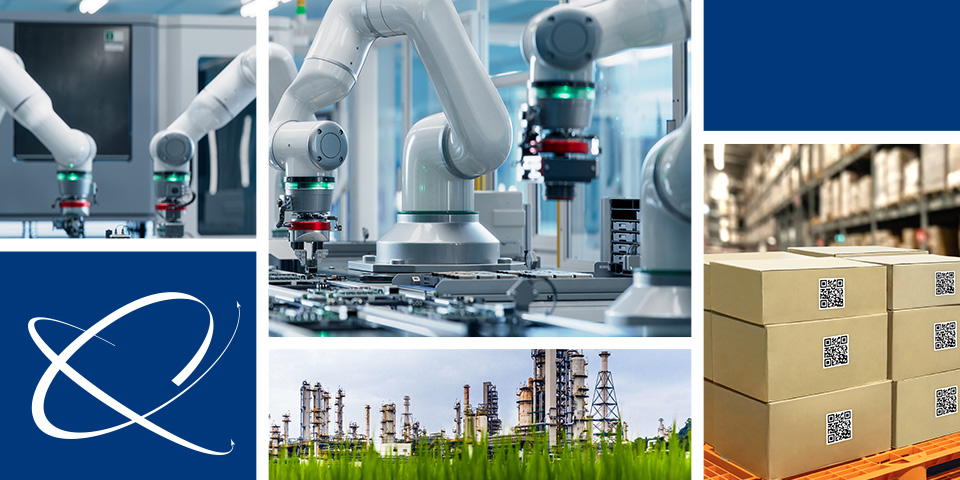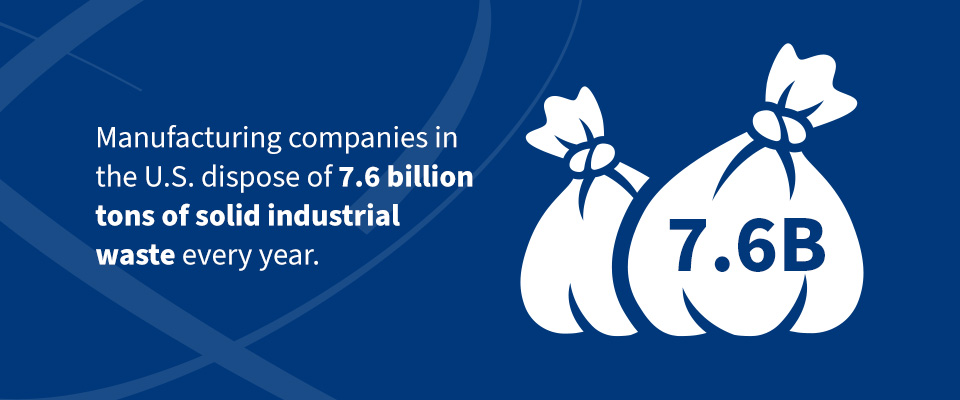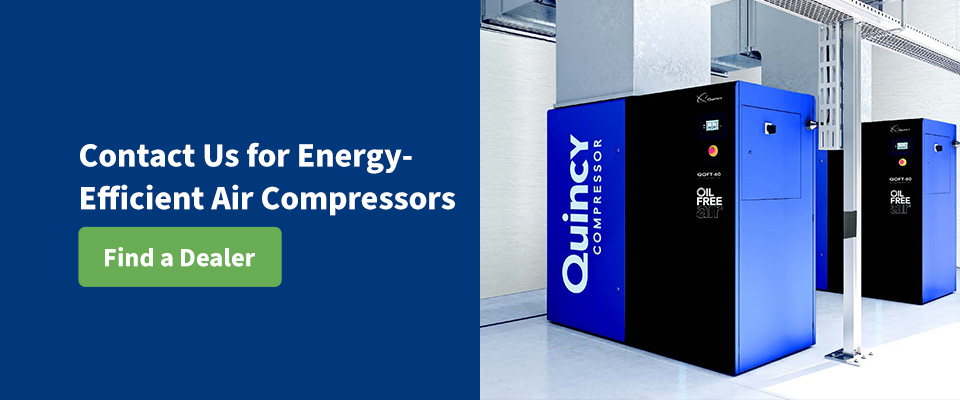
Sustainability is becoming a pivotal driving force in manufacturing. As more operations shift toward environmentally responsible and socially conscious practices, the way products are made, packaged and delivered is also changing. Sustainability trends in manufacturing represent an opportunity to work toward environmental stewardship and social well-being.
The first step manufacturers can take is reevaluating their industrial equipment, processes and energy consumption. By becoming aware of key trends and initiatives, organizations can take steps to reshape their product design, production and distribution.
What Is Sustainable Manufacturing?
Sustainable manufacturing involves integrating environmentally responsible methods and resource-efficient techniques throughout the product life cycle — from managing sustainability in product design to production, distribution and disposal.
The necessity of “going green” and adopting sustainable manufacturing practices continues to increase. Luckily, there are many environmental and financial benefits of finding creative solutions to sustainability issues in the manufacturing sector. Showing your organization’s commitment to sustainable manufacturing can lead to cost savings as well as an improved brand reputation.
Other principles of sustainability trends in this industry include:
- Life cycle evaluation: It’s important to estimate the environmental impact that products have throughout their life cycle, including raw material extraction. This evaluation helps organizations identify where the most significant impact lies. It also indicates where new sustainable practices will bring about the biggest positive change.
- Efficient resource usage: The goal of using resources more efficiently is to minimize raw material consumption through a circular economy, energy and water usage.
- Social responsibility: Sustainable manufacturing extends to ensuring employees receive fair treatment. It also includes prioritizing the well-being of both employees and the local community.
Better Energy Efficiency
The industrial sector contributes 30% of greenhouse gas emissions in the U.S. Practices that improve energy efficiency include optimizing production workflow, improving insulation, upgrading equipment to energy-efficient alternatives and adopting more renewable energy sources.
Here are a few ways that manufacturing plants can improve sustainability through their energy usage and start to integrate renewable sources:
- Energy audits: Regular energy consumption audits can pinpoint areas where energy usage is not optimal. This information highlights areas for improvement while tracking energy consumption patterns to keep on-record for any historical data analysis needs.
- Energy management systems: Controlling and monitoring energy usage in real time allows businesses to make adjustments that optimize their energy efficiency.
- Renewable energy sources: Technology like solar panels and wind turbines offer ample on-site, clean energy generation to lower reliance on fossil fuels and reduce production overheads in the long run.
- Waste heat recovery: Manufacturers can capture and reuse the waste heat generated during production to supplement their cooling or heating needs.
Process Automation
Robotics and automation have a significant impact on green manufacturing processes. They help increase efficiency, boost economic viability and improve environmental sustainability across manufacturing. Automation and robotics contribute to this sector in the following ways:
- Waste reduction: Incorporating automation and robotics helps reduce errors and defective products. As a result, a plant produces fewer scrap materials and waste in the manufacturing process.
- Lean manufacturing: Automation can facilitate lean manufacturing practices by optimizing workflows and reducing inventory to lower waste and expenditure.
- Safer work environments: Robots can take over potentially dangerous and repetitive tasks. This task allocation aligns with the social responsibility aspect of sustainable manufacturing as it improves worker safety and reduces the risk of injury.
- Flexible manufacturing: Robotics and automation processes are often easy to reprogram for different products or variation manufacturing. This flexibility allows organizations to be more flexible and adaptable during seasonal demands and trending markets.
Waste Reduction
Manufacturing companies in the U.S. dispose of 7.6 billion tons of solid industrial waste every year. This number indicates why waste reduction is a crucial aspect of sustainable manufacturing. To minimize waste and use resources more thoughtfully, organizations are implementing more lean manufacturing and just-in-time inventory practices. These strategies work to reduce excess inventory and the waste associated with it.
Other waste reduction strategies include:
- Reusing and recycling: Recycling programs that focus on repurposing materials like metals, paper and plastic actively work to reduce waste.
- Material efficiency: Reducing the demand for new resources extends to using materials more efficiently. Manufacturers can achieve this through strategies like optimizing cutting patterns to lessen material waste.
- Design for the Environment (DfE): This sustainability initiative in manufacturing takes the whole product life cycle into account. These principles improve recyclability and product disassembly at end of life for waste reduction and simplified recycling processes.
Scope 3 Emissions
Decreasing Scope 3 emissions is part of more sustainable manufacturing. Scope 1 emissions focus on company-owned processes, whereas Scope 2 emissions result from energy use. Scope 3 emissions contribute over 70% of many businesses’ carbon footprints related to processes from raw material extraction to processing.
Organizations can reduce Scope 3 emissions through:
- Supply chain optimization: It’s important to work alongside suppliers to identify areas where they can reduce emissions through sustainable practices and shorter transport distances.
- Logistics: Optimizing logistics and transportation can help reduce emissions while delivering finished products and transporting raw materials.
- Carbon offsetting: Carbon offset programs can contribute to compensating for emissions your organization creates.
- Circular economy: Implementing these principles, which includes recycling and reusing materials, can minimize the need for new raw materials. This lower demand helps reduce emissions associated with raw material production and extraction.
Packaging Materials
Sustainable packaging materials minimize waste, lower greenhouse gas emissions and reduce energy consumption. Plant-based fibers and biodegradable plastics offer practical solutions to the challenge of traditional packaging. By incorporating these options into production, organizations can significantly reduce the need for new raw materials while conserving energy and resources.
Additional ways to shift to better packaging materials include:
- Biodegradable and compostable materials: These materials include plant-based options or bioplastics that can break down naturally to reduce the burden on landfills.
- Reduce packaging: Switching to minimalist packaging practices reduces material usage without sacrificing product quality.
- Source locally: Locally sourced packaging materials help you support the local economy as well as reduce energy consumption and emissions during packaging transport.
Contact Us for Energy-Efficient Air Compressors
Sustainability trends in manufacturing are actively reshaping the industrial landscape. These techniques include adopting renewable energy resources, prioritizing more efficient production processes and using sustainable materials with waste reduction measures.
In the manufacturing sector, air compressors keep operations running on a daily basis. Upgrading your air compressor can help increase operational efficiency and lower carbon emissions by employing better energy usage. If it’s time to invest in a new, environmentally friendly air compressor, turn to Quincy Compressor. We have a variety of energy-efficient air compressors that provide reliable operation and better energy consumption.
Contact us today for more information, or find a Quincy Compressor dealer in your area.



